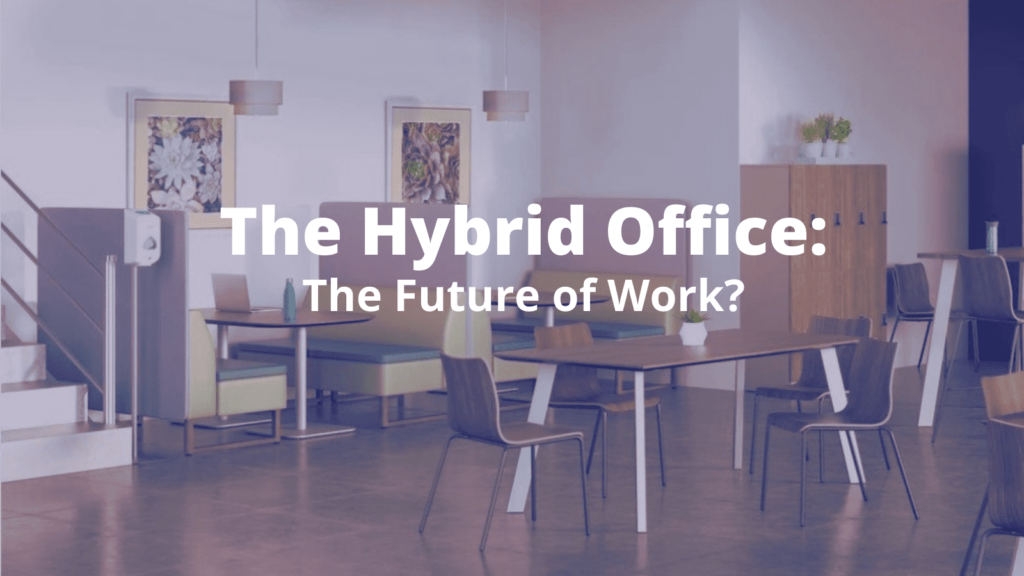
As more and more offices reopen, many companies are adopting “hybrid” arrangements that combine working from home and coming into to office a few days a week. And apparently, this is the exact arrangement workers desire: A Microsoft survey of 30,000 workers found 73% want flexible remote options. Here’s more from Morning Brew:
- Microsoft itself is starting to allow some workers back, with part-time remote as the new standard.
- Citigroup CEO Jane Fraser is planning on 3 days/week in the office for most employees after the pandemic.
Why not go full remote?
Some CEOs don’t think full-time remote work is better for the employee or the business. Microsoft CEO Satya Nadella thinks it causes burnout, and incoming Amazon CEO Andy Jassy said that innovation is stifled with employees working remotely, “You just don’t riff the same way.”
There are also social effects to consider. Economist Enrico Moretti told Vox that “high-productivity” workers and specialized industries have always clustered in cities (think tech in Seattle, financial services in NYC, biotech in Boston). He argues the pull of certain industries, packed bars, and the appeal of those cities is too strong for most people to commit to working remotely full-time in the long term.
Either way, prepare for office changes
As companies accommodate a partially remote workforce, they’re reimagining office spaces to include:
- Larger meeting areas
- “Zoom rooms” dedicated to virtual meetings with lots of screens and cameras — Face-to-face interactions are one thing Zoom can’t replicate so offices will expand meeting spaces to facilitate safe collaboration.
- Tech for hybrid work: With many employees choosing to work remotely full time, expect more large screens, digital whiteboards, 360-degree cameras and enhanced sound equipment.
- Fewer personal desks, more “hoteling” workstations, aka hot desks: Hybrid work arrangements means fewer people in the office and the need for fewer individual workstations. Desks will be up for grabs and have to be reserved in advance.
- Flexible furniture: Larger common areas will require movable tables, carts, and partitions for different arrangements.
Touchless everything: Moving through buildings will be a hands-free experience with turnstiles, doors, and elevators operated by sensors, voice, and apps. - 40% of employees state that they still do not have adequate work from home equipment, specifically printers.
What is your preference?

